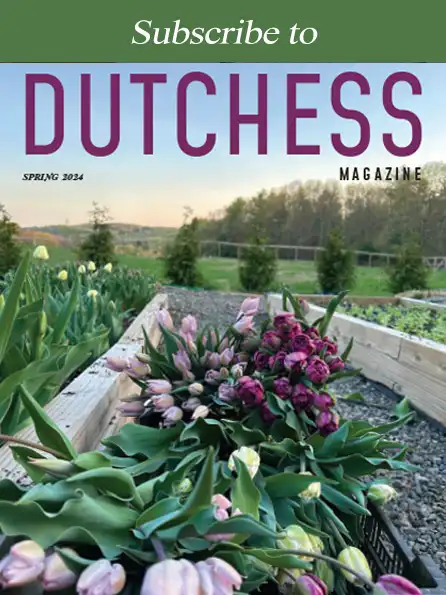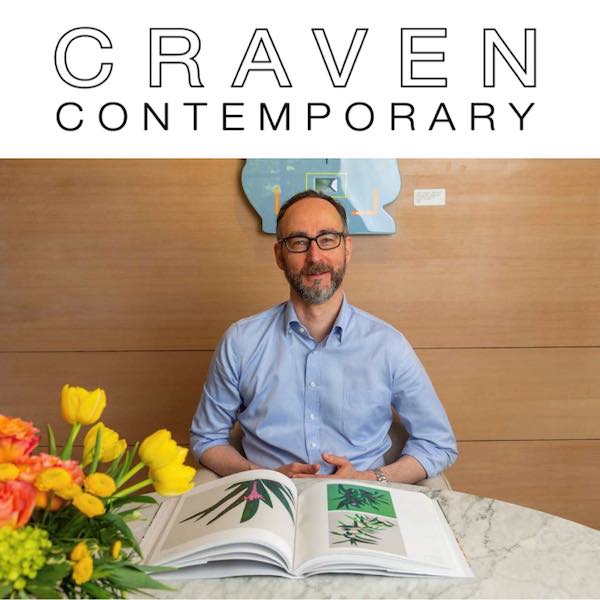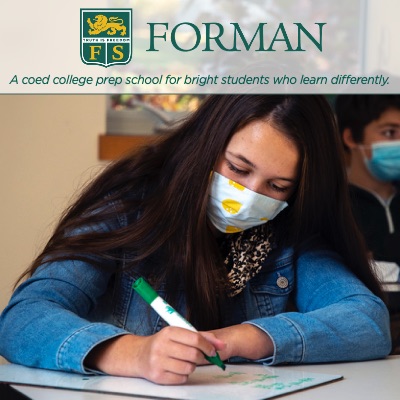The current exhibition at James Barron Art offers a rare opportunity to appreciate Aaron Siskind’s breakthrough photographs from a lesser-known dimension of mid-twentieth century modernism.
The history of art is punctuated by artists who defied convention. Giotto’s radical naturalism, Caravaggio’s dramatic use of light, Courbet’s heroic working man, Picasso’s placing an actual piece of rope in a cubist still life are innovations that changed the evolution of art. Aaron Siskind (1903-1991), was such an agent of change.
Born in New York City’s lower east side, Siskind graduated from City College and became an English teacher. He received his first camera as a wedding present from his father. In the early 1930s, Siskind, like all photographers before him, was a documentarian. He used the camera to record the world around him and to observe the human condition. Siskind’s celebrated photographic essays from the early years of his career address issues such as the Great Depression, and the social conditions of African Americans in New York City long before the Civil Rights movement.
Later, Siskind taught at the fabled Black Mountain College in North Carolina, where he met photographer Harry Callahan, known for introspective examinations of his own life. Siskind and Callahan both worked at Illinois Institute of Technology in Chicago and subsequently, the Rhode Island School of Design. Their long affiliation and their friendships with faculty and students in all three of these progressive schools, no doubt contributed to Siskind’s more expansive understanding of his medium.
By the mid-1940s, Siskind knew many of the Abstract Expressionist painters in New York City, including Willem de Kooning, Adolf Gottlieb, Barnett Newman, Jack Tworkov and Franz Kline. As a member of Studio 35, he would have known founder David Hare, as well as William Baziotes, Robert Motherwell, and Hans Hoffman. Siskind readily absorbed the intense, subjective paintings of the New York School. His innovation was to apply the abstract style to photography, creating metaphoric rather than documentary content, establishing a cross-disciplinary correlation between painting and photography.
The current exhibition at James Barron Art in Kent offers a rare opportunity to appreciate Siskind’s breakthrough photographs of, as the artist put it, “the detritus of our world which I am combing for meaning”. Moving away from illustration, Siskind embraced the seemingly insignificant markings of time, the random traces of removed broadsides, the vestiges of old graffiti, the tracks of a rubber tire. He extracted them from their urban origins, placing them within the grand arena of painting.
The show also reveals a lesser-known dimension of mid-twentieth century modernism an era that is often understood as a monolithic and painting-centric. As we gain a certain remove from the now iconic tales of the New York School, we are learning that the movement was not linear and that there were many artists who made important contributions but were often overshadowed by the charismatic personalities of celebrity artists. Well-known by scholars of the period, but infrequently mentioned in art history survey classes, Siskind was in the thick of that exciting moment, an equal player among huge names who were his neighbors and pals. They influenced each other.
Along with singular works, Barron has aligned various photographs by Siskind with works by his peers. For example, Siskind’s Jalapa 75 (Homage to F.K.), a gelatin silver print, is placed next to Hans Hofmann’s drawing, Untitled. Both works use heavy, black strokes to define space. Siskind, as the title indicates, is referring to his close friend, Franz Kline’s emphatic, muscular, monochromatic paintings. Similarly, the Hofmann uses thick, black ink lines to demarcate cells of color.
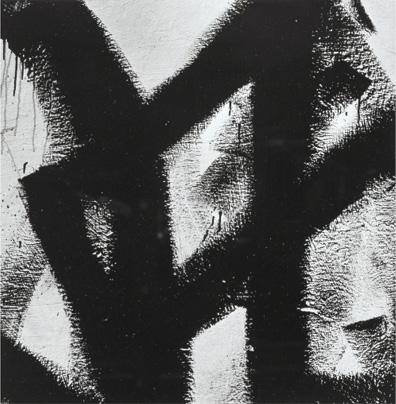
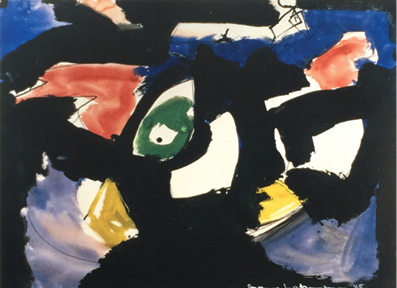
A gestural drawing by Jack Tworkov is paired with Siskind’s Chicago 4. The two works suggest deconstruction, Tworkov via erasures, and Siskind by focusing on the weathered surfaces of a gritty wall. Both imply the passage of time through the nuanced dialogues of positive and negative spaces.
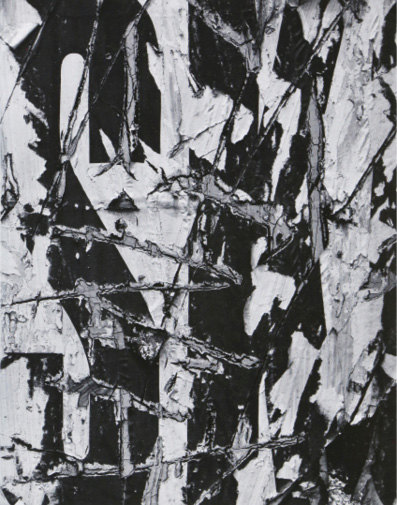
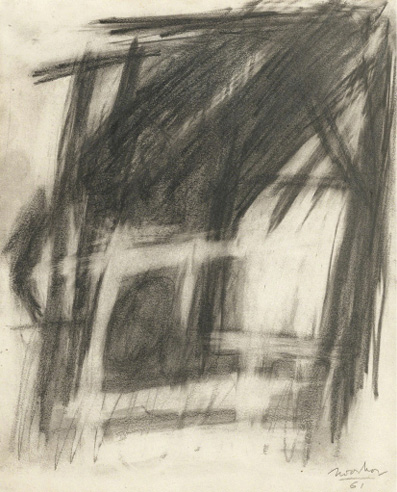
A kindred sensibility can also be seen in the pairing of Siskind’s New York and a delicate drawing by De Kooning. Both suggest the “automatic writing” that was often used in the mid-century to free the draftsman’s hand and unleash creative impulses. Siskind has “found” those sensuous gestures with his camera, while De Kooning has saved them as a sketch that was perhaps preparatory to a painting.
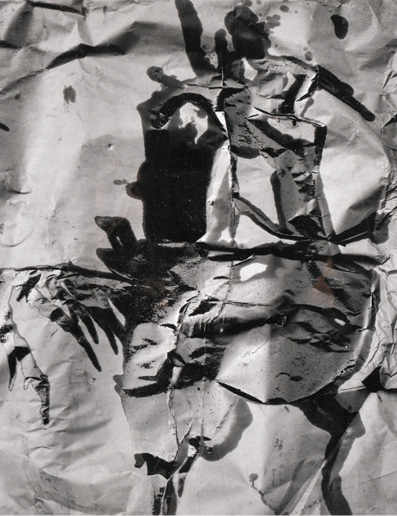
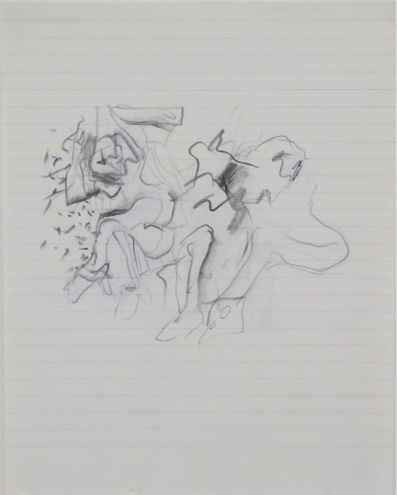
Barron gives us a more contemporary visual conversation by connecting Brice Marden’s Untitled with Jalapa 10 (Homage to Franz Kline). Marden’s delicate, vertical ink drawing looks like a Chinese colophon, while Siskind immortalizes a horizontal series of quadrilateral markings on a plaster wall left by an unknown commentator. In their impromptu insignia, the two works are markings in time. Siskind’s camera retrieves the fleeting graphics from anonymity.
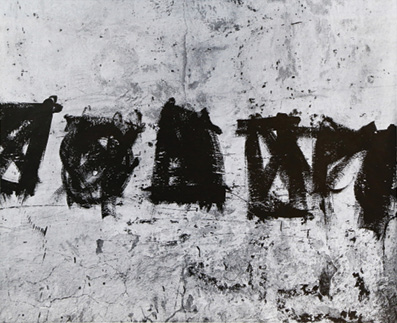
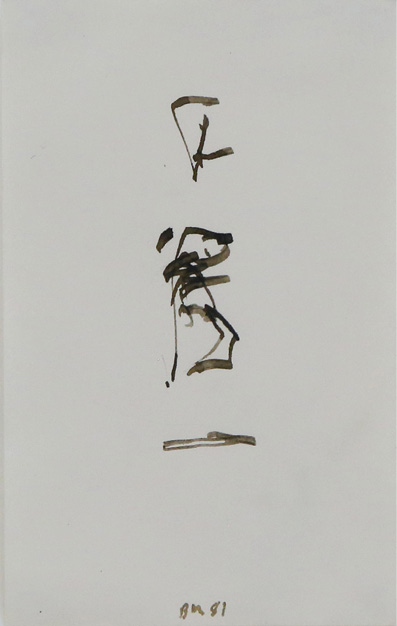
But this exhibition is not just art history, it is Barron family history. All the Siskind photographs come from the James’ parents collection, the Estate of Lynn and Steven Barron. While a student at Brown University, James worked at a gallery that represented Siskind. His parents loved Siskind’s work from the moment they first saw it. They bought twenty-two photographs, and the three became close friends. Siskind’s aesthetic became their measure of art, and perhaps a measure of life.
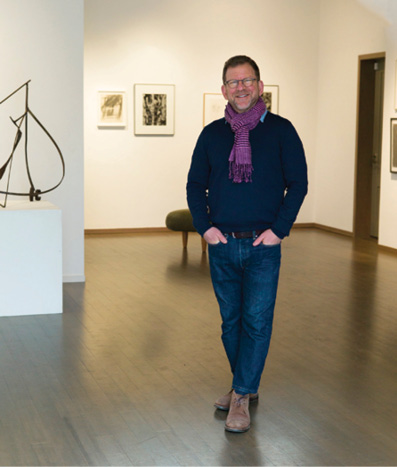
Aaron Siskind, A Painter’s Photographer will be on view at James Barron Art through April 21. Gallery hours: Thursday and Friday 12 to 4, Saturday 12 to 5, and by appointment.
James Barron Art
17 Old Barn Road
Kent
917.270.8044
jamesbarronart.com







